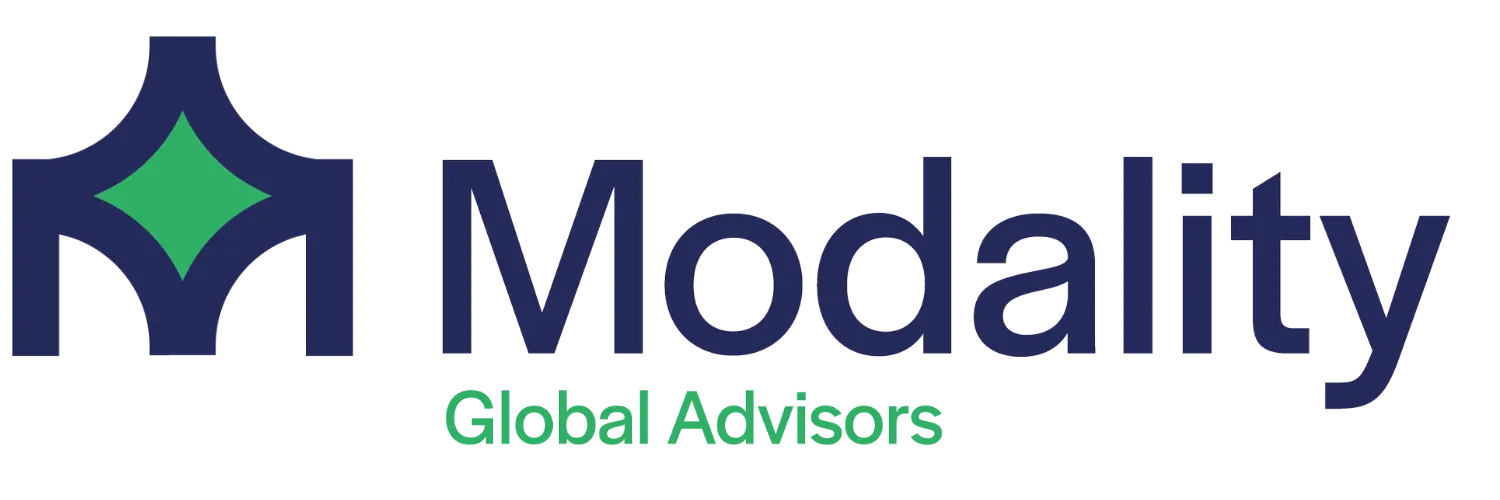Tackling A/R and Cash Flow in UAE Health Systems
Tackling A/R and Cash Flow in UAE Health Systems
Healthcare organizations across the UAE are facing growing financial pressures as reimbursement models evolve and payer requirements become increasingly complex. While the sector continues to invest heavily in digital transformation and clinical innovation, Accounts Receivable (A/R) management remains one of the most persistent challenges affecting hospital cash flow and financial sustainability.
According to a Deloitte Middle East Healthcare Report (2024), UAE providers face an average A/R turnaround time of 70–90 days, with more than 15% of claims remaining unresolved beyond 120 days.
For many health systems, this delayed revenue recovery directly impacts working capital, operational budgets, and investment capacity. To remain competitive in an outcomes-driven market, hospitals must now combine data-driven A/R optimization with proactive payer engagement and automation strategies.
The A/R Challenge: Where Revenue Gets Stuck
In the UAE’s mixed-payer landscape, hospitals often deal with a variety of insurers each with its own coding, documentation, and approval processes. Common A/R bottlenecks include claim underpayments, delayed remittances, and complex pre-authorization requirements.
Industry analysis shows that 20–25% of all claim denials in UAE hospitals stem from avoidable administrative errors such as incomplete documentation or incorrect coding (Arab Health, 2024). Additionally, the rise of bundled payment and value-based models means that providers can no longer rely solely on reactive billing teams to recover lost revenue.
Without a systematic approach to A/R monitoring and root-cause resolution, many health systems end up writing off 3–5% of their annual revenue as uncollectible, significantly eroding profit margins (PwC Middle East Health Report, 2023).
AI and Automation: Reshaping Revenue Recovery
Leading UAE providers are beginning to leverage AI-powered analytics and robotic process automation (RPA) to identify, prioritize, and resolve outstanding receivables faster.
AI can analyze historical payment data to predict which claims are most likely to face delays or denials, allowing finance teams to take early action. RPA, on the other hand, automates repetitive processes like eligibility verification, claim status checks, and payment posting reducing manual intervention and error rates.
Hospitals using automation tools have reported up to a 40% improvement in A/R recovery time and a 25% reduction in claim denials (Frost & Sullivan, 2024). These efficiencies not only improve cash flow but also free up staff to focus on higher-value financial and clinical tasks.
Building a Sustainable A/R Strategy
Sustainable cash flow in the UAE’s health ecosystem requires more than just automation; it demands an integrated approach across finance, operations, and payer relations. Key best practices include:
- Real-time A/R dashboards to track aging patterns and highlight revenue at risk.
- Predictive analytics for denial prevention and payer trend analysis.
- Proactive communication with insurers to clarify documentation and coding requirements early.
- Continuous staff training on evolving DHA and MOH billing standards.
By adopting these strategies, UAE health systems can move from a reactive collections model to a proactive revenue integrity framework ensuring every claim is managed, monitored, and maximized.
The Bottom Line
A/R optimization is no longer just a back-office function, it's a strategic imperative for financial resilience. As UAE health systems navigate rising costs and tightening margins, combining automation, analytics, and workforce alignment will be key to unlocking liquidity and sustaining growth.
Sources:
- Deloitte Middle East Healthcare Report (2024)
- PwC Middle East Health Report (2023)
- Arab Health (2024). Healthcare Revenue and Denials Trends
- Frost & Sullivan (2024). AI and Automation in Healthcare Revenue Management





